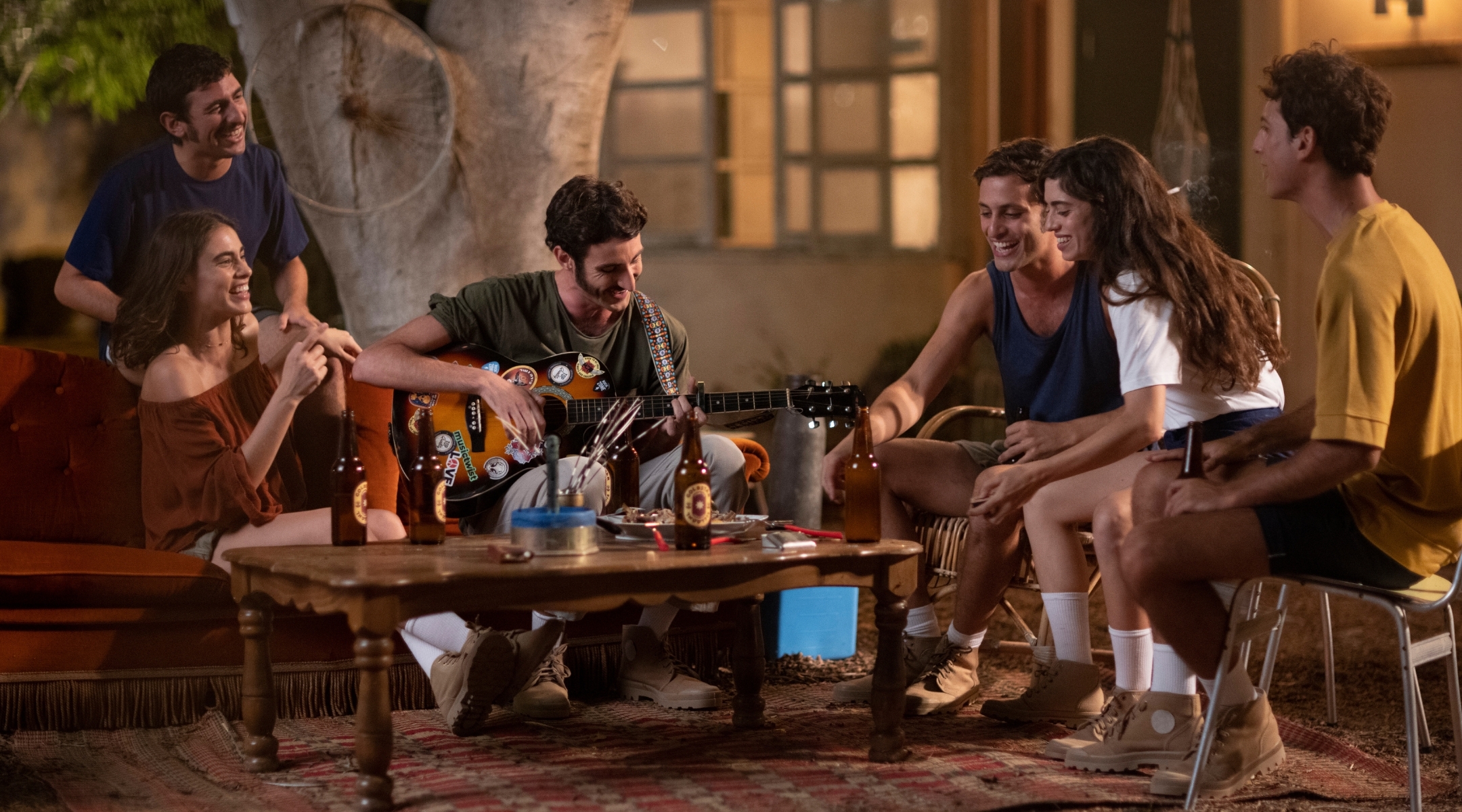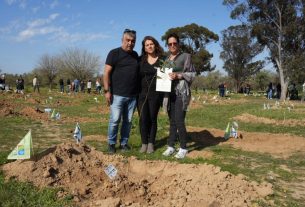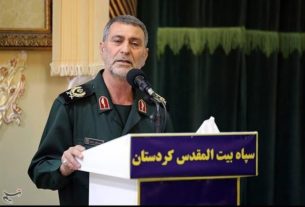The latest Israeli film on Netflix has a setting and theme that, one year after Oct. 7, could not be more current: It centers on soldiers ending their service by volunteering at a kibbutz on the Gaza border. “Kissufim” paints a portrait of Israeli life as it oscillates through phases of trauma and hope — including a near-death scene as someone dances.
It was filmed in August 2021, more than two years before Hamas unleashed an attack on southern Israeli communities, including the real-life Kibbutz Kissufim.
“Kissufim,” released on the streaming giant last month, explores the group dynamics of young Israeli army conscripts in 1977 who volunteer at the eponymous kibbutz near the Gaza Strip. As opposed to in recent decades, at that time Israel fully occupied the Gaza Strip, and the border was open: Israelis could easily spend a day at the beach there or shop at the market in Gaza City. The film takes place as Egyptian Prime Minister Anwar Sadat planned a visit to Israel that would demonstrate his commitment to an inchoate peace.
Conditions are vastly different now: Gaza border communities lie in ruins, while much of the Gaza Strip itself is destroyed. The area is nearing a year of brutal urban combat in which tens of thousands have been killed. The real-life Kibbutz Kissufim, just miles from the Gaza border, lost 12 residents and six foreign workers in Hamas’ attack. More war, rather than peace, appears to be in the offing.
Director Keren Nechmad could not have predicted the Oct. 7 attack and ensuing war when she was making the movie, which stars Swell Ariel Or from the hit show “The Beauty Queen of Jerusalem.” But she says the renewed resonance of the movie over the past year is a testament to what it means to be Israeli.
“We live in a loop,” Nechmad told (JEWISH REVIEW). “We always have lived in a loop of what it means to be an Israeli and what it means to be a person growing up in Israel too, like getting your responsibility and your maturity and just wanting to have fun in the face of the reality of what it is like to live here.”
While the film was made years before Oct. 7, its cast and crew has close connections to its sites and victims. Saar Margolis, a member of the kibbutz’s security team who was killed on Oct. 7, briefed the film’s cast and crew upon their arrival. It was filmed on location both at Kissufim and the nearby Zikim Beach, another location of the attack.
“Kissufim” won the award for Best Foreign Film at the 2023 Orlando Film Festival, just weeks after Oct. 7. The start of the film displays a dedication to the attack’s victims.
The film was inspired by real events that took place near the kibbutz — Eli’s character was based on Elian Gazit, 22, who was killed in a grenade attack in 1980 while sitting in an Israeli army pickup truck in downtown Gaza. She was a civilian who was part of a group planning to join Kibbutz Kissufim.
“We have a sense of hope, and then it’s undone,” Nechmad said. “And I hope when people heal — and the war needs to be over, because we’re not there yet — maybe there will be that hope again. One day, maybe it won’t be undone.”
While Israel was not fighting a major war in 1977, the movie takes place in the shadow of the 1973 Yom Kippur War, which shocked and devastated the country. In one scene, Eldar, a confident army officer, and Yoav, a soldier, get into an argument over whose experience following the 1973 war was worse: Eldar’s brother was wounded. Yoav, meanwhile, had an uncle who was killed in the Suez Canal, an aunt who “died of sorrow” and a cousin who now sleeps in his bed.
“I want people to understand that it’s not a reality just in the last year,” Or, who plays a soldier named Eli, told (JEWISH REVIEW). “It’s our reality for, honestly, since the beginning of Judaism, but we’re talking specifically about Israel, so it’s the reality that we’re living since ’48.”
In another scene with eerie contemporary resonance, Eli’s character almost dies dancing while checking the kibbutz’s sprinkler system with the other volunteers, as she dares herself to walk toward an area with active grenades and sets one off. A German volunteer to the kibbutz, Anka, later comforts her, saying, “Think of it this way. You almost died dancing. Only you can say that.”
Nechmad told (JEWISH REVIEW) that the scene was so evocative of the massacre at the Nova Festival, where more than 360 people were killed, that she had been asked to change it.
“Some people maybe thought I should change it to be less political or take out the sentences that may be controversial, like, ‘You almost died dancing,’” she said. “But it was there. So I think it just shows how ingrained it is, even before.”
Or has seen violence up close. She witnessed a 2016 shooting on Dizengoff Street in Tel Aviv and has since lived with post-traumatic stress disorder and panic attacks. She moved from Tel Aviv to Los Angeles just two weeks before Oct. 7.
“The magical thing is that we have the knowledge to understand war,” Or said. “We are trained in a way, for years — and our parents, and our grandparents.”
She added, “It’s not a new thing that you can die dancing in Israel. And it’s not a new thing that you have PTSD, and it’s not a new thing that you lose your friends.”
Support the Jewish Telegraphic Agency
Help ensure Jewish news remains accessible to all. Your donation to the Jewish Telegraphic Agency powers the trusted journalism that has connected Jewish communities worldwide for more than 100 years. With your help, (JEWISH REVIEW) can continue to deliver vital news and insights. Donate today.




